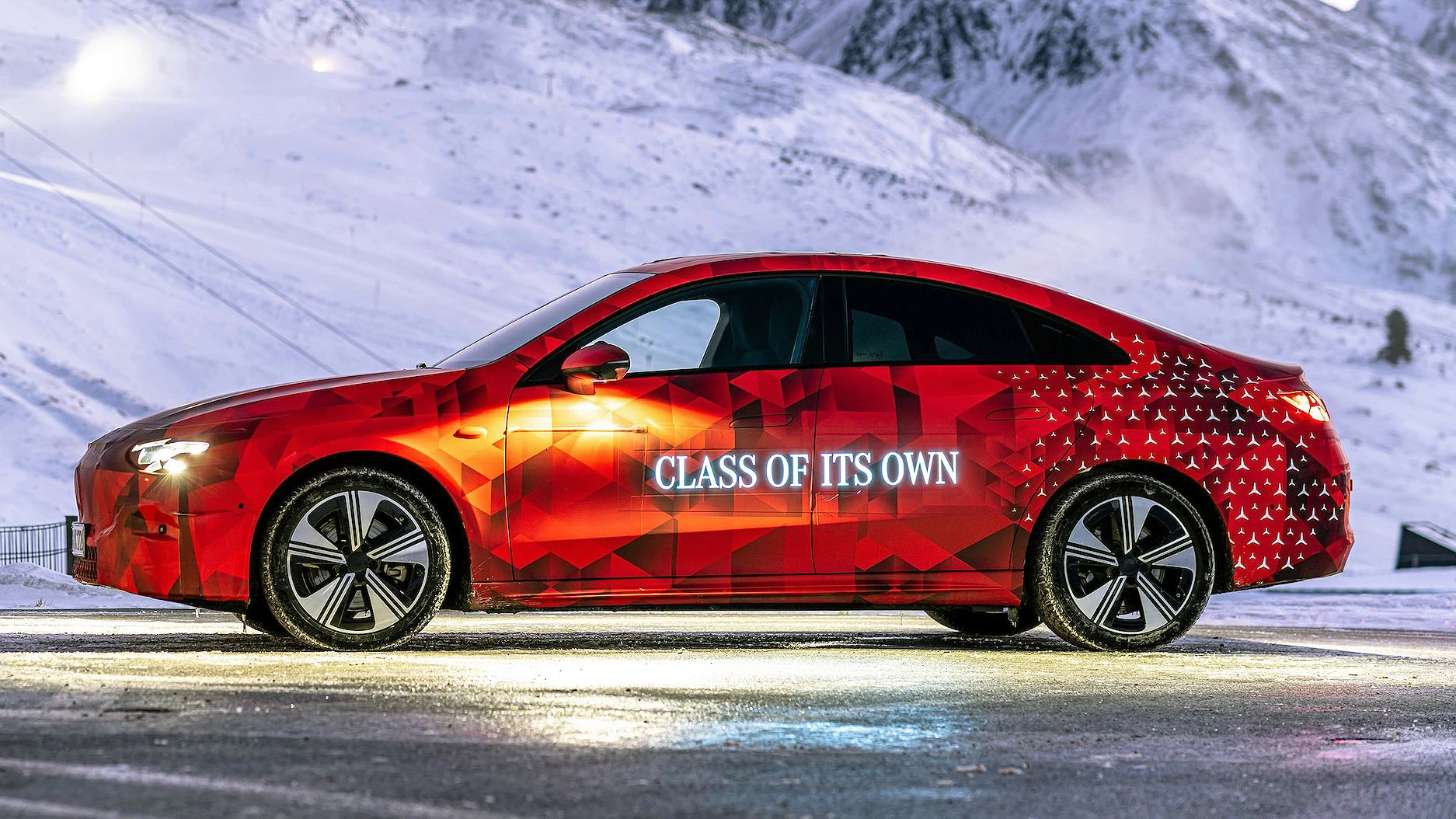Key Takeaways
1. Mercedes targets Tesla Model 3 as main rival for the new CLA electric sedan, priced about $10,000 higher but offering more value.
2. The CLA features an 85 kWh battery, achieving a range of 694-792 km, significantly surpassing the Model 3’s 530 km range.
3. Fast charging capabilities allow for 200 miles of range in just 10 minutes using a high-power charger, with a typical charge from 10% to 80% taking about 22 minutes.
4. Advanced engineering includes a Disconnect Unit (DCU) for enhanced efficiency, smart recuperation methods, and a low drag coefficient of 0.21 for better range.
5. The CLA introduces the Mercedes-Benz Operating System (MB.OS) for advanced software functionality, including over-the-air updates and generative AI capabilities for driver interaction.
At the recent event announcing the new Mercedes CLA electric sedan, the CEO of Mercedes-Benz openly stated that the main rival they are targeting is the Tesla Model 3.
While it is true that the Mercedes CLA comes with a price tag that’s about $10,000 higher than the Model 3, it provides significantly more value for that extra cost.
Impressive Battery and Range
Equipped with a substantial 85 kWh battery and boasting impressive efficiency, the CLA achieves a range of between 694-792 km (WLTP) on a single charge. In contrast, the Model 3 can only manage 530 km under the same testing conditions. When the Mercedes CLA launches in the US next quarter, it will be one of the electric vehicles with the longest range per charge, potentially achieving an EPA estimate of up to 420 miles.
This model marks the first electric vehicle built on the Mercedes Modular Architecture platform, designed for mass production. It features an 800V powertrain system, allowing for quicker charging and more efficient motors, providing up to 200 miles of range in just 10 minutes when using a 320+ kW charger like Tesla’s V4 Superchargers, or 9 hours with a home charging solution like the Tesla Wall Connector.
Fast Charging and Performance
A typical charging session from 10% to 80% takes about 22 minutes, which is faster than what Tesla’s 800V Cybertruck can achieve, as its 4680 battery lags behind other charging technologies.
The rear-wheel drive (RWD) version of the Mercedes CLA delivers 268 horsepower, while the all-wheel drive (AWD) variant is rated at 349 hp, reaching 0-60 mph in just 4.8 seconds. Interestingly, the range of the AWD model, named CLA 350 4MATIC with EQ Technology, is only marginally less than that of the RWD model.
Mercedes attributes this efficiency to the introduction of the Disconnect Unit (DCU), which is being used in a car for the first time within its C-class lineup. The 107 HP front electric motor is only activated during crucial moments of acceleration or when traction is needed, and it shuts down immediately after, which can “reduce parasitic losses at the front axle by up to 90 percent and enhances electric range.”
Advanced Engineering Features
To achieve the remarkable efficiency of the Mercedes CLA and surpass the Tesla Model 3’s range, there are various engineering innovations in place, such as smart recuperation methods during braking and a record low drag coefficient of 0.21.
Mercedes claims that the CLA provides an exceptionally quiet and smooth ride, with its larger size allowing for increased passenger and cargo space. Inside, buyers can choose to have up to three screens, including an option for passenger displays or head-up displays.
Perhaps the most intriguing aspect of the new CLA is its focus on software functionality. This vehicle is the first to use the Mercedes-Benz Operating System (MB.OS), which integrates infotainment and driver-assist features. Over-the-air (OTA) updates will allow drivers to access new functions as they become available. The car’s MBUX Virtual Assistant also utilizes generative AI capabilities from ChatGPT and Google Gemini, enabling it to engage in fluid conversations with the driver on any topic needed.
Mercedes will also provide a smaller 58 kWh battery option at a lower price point, along with a hybrid version featuring a petrol engine for those who aren’t ready to make the full transition to electric just yet.
Source:
Link


Leave a Reply